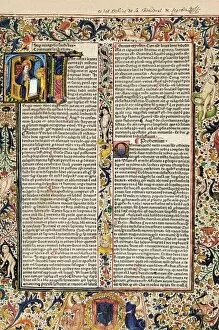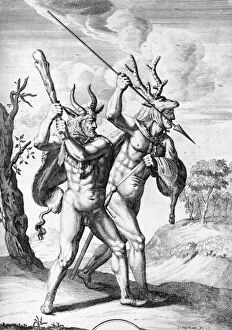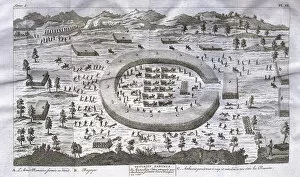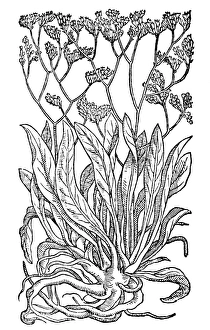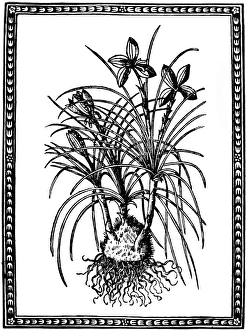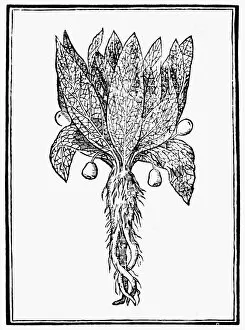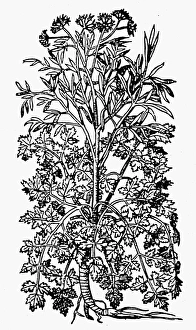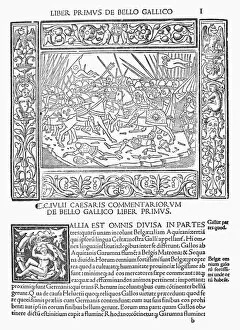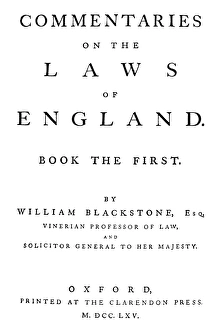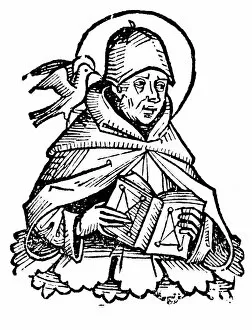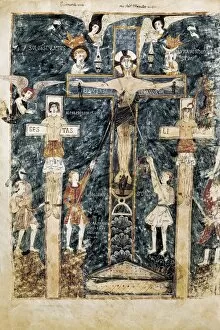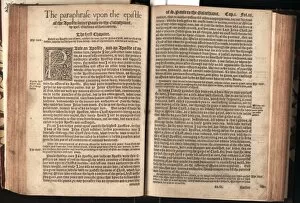Commentaries Collection
Commentaries have played a significant role in shaping our understanding of history, philosophy, and art throughout the ages
All Professionally Made to Order for Quick Shipping
Commentaries have played a significant role in shaping our understanding of history, philosophy, and art throughout the ages. Dating back to ancient times, scholars like Ulpian and Thevet in 1584 have provided invaluable insights through their commentaries on various subjects. One notable figure whose commentaries continue to influence intellectual discourse is Saint Thomas Aquinas (1225-1274). His profound theological commentaries shed light on complex matters of faith and reason, leaving an indelible mark on Christian thought. Visual representations also find their place within the realm of commentaries. A handcoloured copperplate engraving depicting the view of the encampment of German and Roman armies offers a glimpse into historical events that shaped nations. The triple deities known as Mairae or Mairabus from ancient Germany are brought to life through illustrations found in "The Commentaries of Caesar. " These captivating images provide a window into the beliefs and mythologies prevalent during that era. Artistic interpretations further enrich our understanding. From oil paintings such as "Caesar Dictating his Commentaries" to "Julius Caesar dictating Commentaries, " artists capture pivotal moments where great leaders shape history with their words. Moving beyond Europe, Prince Shotoku Taishi emerges as an influential commentator from Japan's rich cultural heritage. As the son of Emperor Yomei-tenno, his contributions left an enduring impact on Japanese governance and Buddhism. Literary works also contribute significantly to commentary traditions. The first page of "Comentarios Reales" (Royal Commentaries), published in 1723, immerses readers in Inca civilization while offering critical perspectives on colonialism. Lastly, we cannot overlook Julius Caesar himself - politician, Roman general, and writer extraordinaire. His insightful commentaries not only chronicled military campaigns but also revealed his astute observations about society at large. In commemoration of these remarkable commentators' legacies, monuments like the Steevens Memorial stand as a testament to their enduring influence.


